Glazing tape is an essential component in the construction and maintenance of windows and glass installations. It is a specific type of tape designed for creating airtight and secure seals between glass panes and window frames. This product is crucial for ensuring thermal insulation, structural integrity, and even security in various glazing applications.
Types and Materials of Glazing Tape
The glazing tape market offers a plethora of options, each with unique characteristics catering to different needs. For instance, double sided glazing tape is favored for its versatility, being used in both temporary and permanent applications. On the other hand, butyl glazing tape is known for its waterproof and flexible properties, making it ideal for outdoor use. The foam glazing tape provides excellent thermal and acoustic insulation, which is crucial in environments where such factors are a priority. In contrast, vinyl glazing strips are often selected for their durability and resistance to yellowing over time. For secondary glazing applications, magnetic tape offers a non-permanent solution that can be easily removed and reapplied as needed.
Structure and Operation of Glazing Tape
The physical structure of glazing tape is designed to provide a secure bond while accommodating the natural expansion and contraction of window frames. A typical double sided window glazing tape consists of an adhesive layer, a foam core, and a release liner. The adhesive layers on both sides ensure that the tape sticks firmly to both the glass and the frame, while the foam core provides a cushion that absorbs shocks and vibrations. The release liner protects the adhesive until the tape is ready to be applied, ensuring maximum stickiness upon installation.
Materials and Properties
The materials used in glazing tapes are chosen for their adhesive properties and environmental resistance. Acrylic foam, for example, is used for its long-lasting adhesive strength and resistance to weathering. Aluminum foil tapes are employed for their reflective properties and durability. The selection of materials is a balance between the need for a strong bond, the ability to withstand various temperatures and conditions, and the flexibility required for different glass sizes and shapes.
Business Usages and Applications
Glazing tape finds its applications across various industries, from construction to automotive. In the construction industry, it is used to install windows in high-rise buildings, ensuring a watertight and wind-resistant seal. In the automotive sector, glazing tapes are used to secure windows in vehicles, contributing to the overall structural integrity and safety. The product's ability to provide a reliable seal has made it indispensable in settings where failure of the seal could lead to significant financial loss or safety hazards.
Functions of Glazing Tape
The primary function of glazing tape is to seal the space between glass and frame, preventing moisture, air, and contaminants from entering a space. It also acts as a cushion to absorb impact, protecting the glass from breakage due to sudden shocks or thermal expansion. In addition, specialized tapes like intumescent glazing tape expand in the event of a fire, sealing off the area to prevent the spread of flames and smoke.
Features of Glazing Tape
One of the unique selling points of glazing tape is its ease of application. Unlike liquid adhesives, tape can be applied quickly and without the need for curing time. Some glazing tapes also feature UV resistance, which prevents degradation from sunlight exposure. Moreover, tapes like double sided glazing tape screwfix are designed to be easily repositioned during the initial application, allowing for corrections if not placed perfectly the first time.
Benefits of Glazing Tape
Using glazing tape results in a cleaner and more uniform appearance than traditional caulking methods. It reduces labor costs due to its ease of application and eliminates the need for drying time, speeding up the installation process. The tape also contributes to energy efficiency by improving the insulation of window units, leading to lower energy bills.
How to Use and Maintain Glazing Tape
To use glazing tape effectively, surfaces should be clean and dry. The tape is then applied to the frame or glass edge, and the release liner is removed to position the glass onto the tape. For maintenance, it is essential to inspect the tape periodically for signs of wear or damage, and to replace it when necessary to ensure the integrity of the seal.
How to Choose the Right Glazing Tape?
Selecting the right glazing tape involves considering the specific needs of the application. For example, double sided window glazing tape is suitable for most window installations, but in environments with high exposure to moisture or chemicals, a butyl glazing tape might be more appropriate. The width and thickness of the tape should also match the gap size between the glass and frame for optimal performance.
How to Clean and Install Glazing Tape
Cleaning glazing tape involves gently wiping the surface to remove any dust or debris. Installation requires careful alignment and pressure to ensure a firm bond. It is advisable to apply the tape at room temperature and avoid stretching the tape during application to prevent compromising its adhesive properties.
Target Audience and Needs
The target audience for glazing tape includes professionals in the construction and automotive industries, as well as manufacturers of windows and glass products. The product meets their need for a reliable, easy-to-use sealing solution that maintains the integrity and efficiency of their installations.
What are the benefits of using high-quality glazing tape?
High-quality glazing tape ensures a long-lasting seal that is resistant to weathering, UV light, and temperature fluctuations. It can also reduce energy costs by improving insulation and can prevent moisture and mold growth, which are common issues in window installations.
How does glazing tape contribute to energy efficiency?
Glazing tape plays a significant role in energy efficiency by sealing gaps and preventing air leaks. This helps maintain a consistent indoor temperature, reducing the strain on heating and cooling systems, and consequently lowering energy consumption.
Can glazing tape be used for both residential and commercial applications?
Yes, glazing tape is versatile and can be used in both residential and commercial settings. Products like double sided glazing tape screwfix are suitable for heavy-duty commercial use, while simpler magnetic strip secondary glazing might be more appropriate for residential applications.
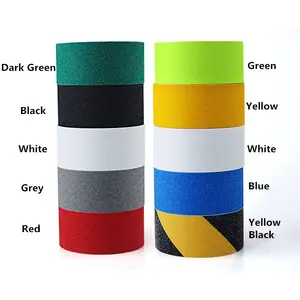
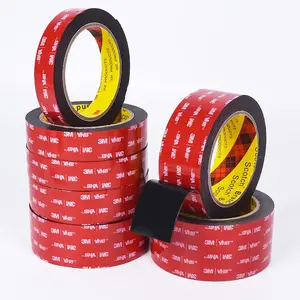

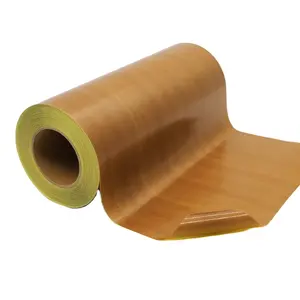

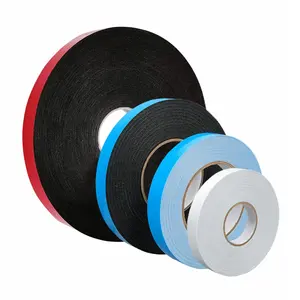

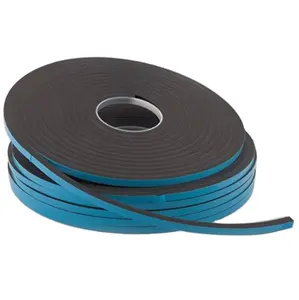






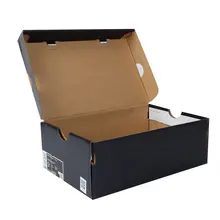



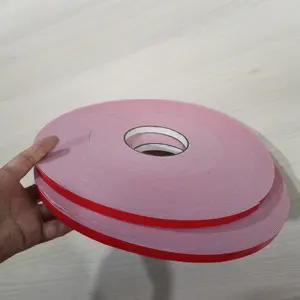





















 浙公网安备 33010002000092号
浙公网安备 33010002000092号 浙B2-20120091-4
浙B2-20120091-4